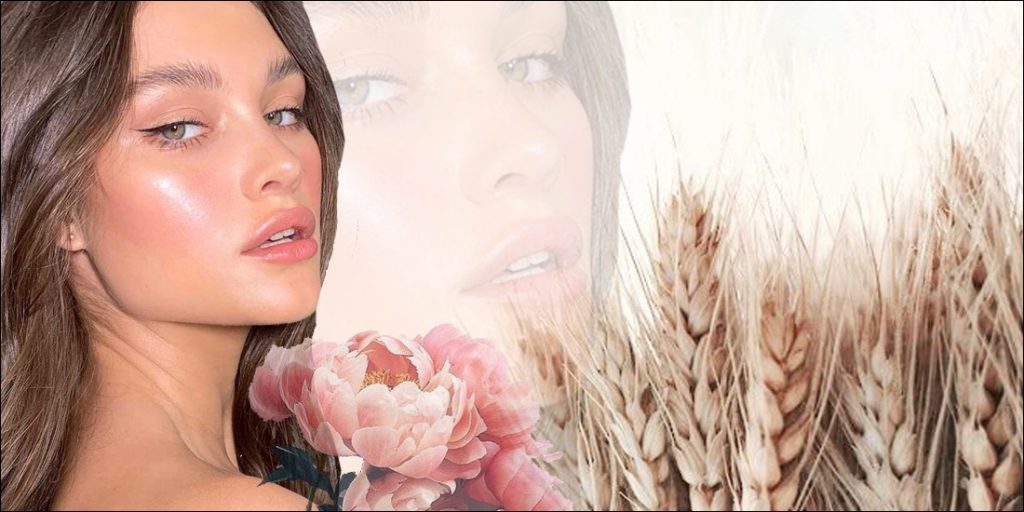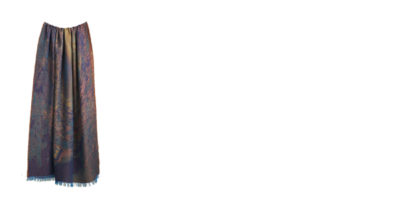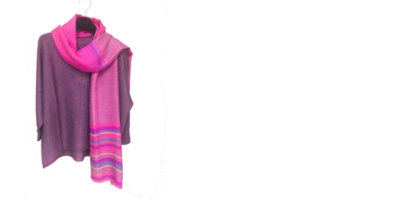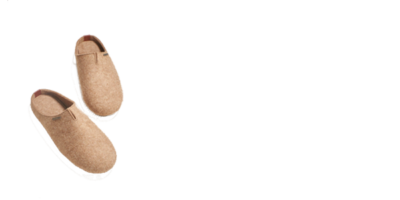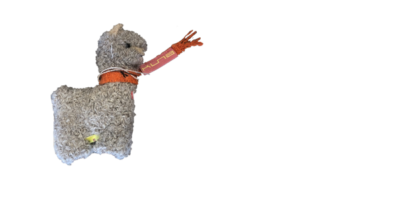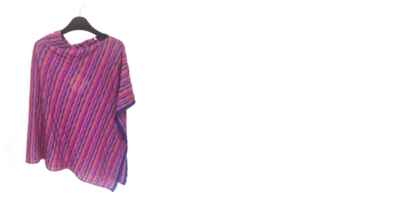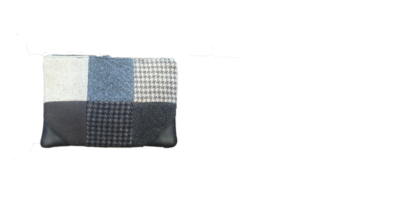A family history
Kuna is the fruit of a family adventure that began in the 1950s. Leaving his native Switzerland, Francis O. Patthey settled in southern Peru. Interested in alpaca, he first started by selling the fiber in Europe and Asia, before turning to textile manufacturing. Gradually, from this passion came the creation of six separate companies that allow him to control all stages of production. Thus, the different processes from the breeding of the animal to the sale of final pieces, through the transformation of the fiber, are controlled within the same group. It is precisely this vertical structure, reinforced by a 60-year history, that allows Kuna to guarantee the quality and authenticity of its collections. All this is done with respect for nature and animals. With a presence today on three continents, the House has set itself the goal of making this extraordinary fiber known to the entire world.
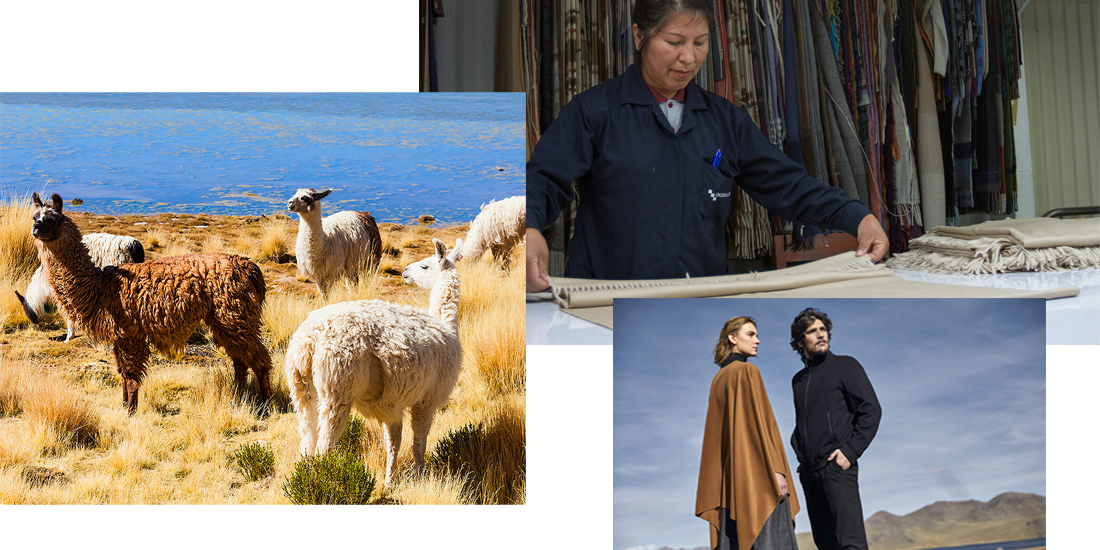
Material with unique properties
Alpaca fiber is very particular and distinguishes itself from other wools by its unique properties. Worn in winter it preserves heat, while in summer it keeps cool. Working mainly with the finest qualities of this fiber, Kuna manufactures some of its pieces in royal alpaca, whose fineness of less than 18 microns is close to that of extra fine merino or cashmere. On the other hand, alpaca fiber offers a wide range of natural colors. Going from white to black and including the whole camel palette, about twenty shades are imaginable. Kuna has developed a collection entirely made of black fiber, Black Alpaca, the result of research on black animals representing only 0.5% of the alpaca population. The ultimate symbol of the Peruvian plateaus since 5000 years BC, the use of alpaca for its coat is a tradition that has been handed down through the ages. The breeding of these camelids in good conditions and the manufacture of textile products thus allows to preserve this ancestral technique, directly valorizing the local craftsmanship. It is in this direction that Kuna collaborates each season with two Latin American artists, a relationship that is reflected in the Kuna Expressions collection.
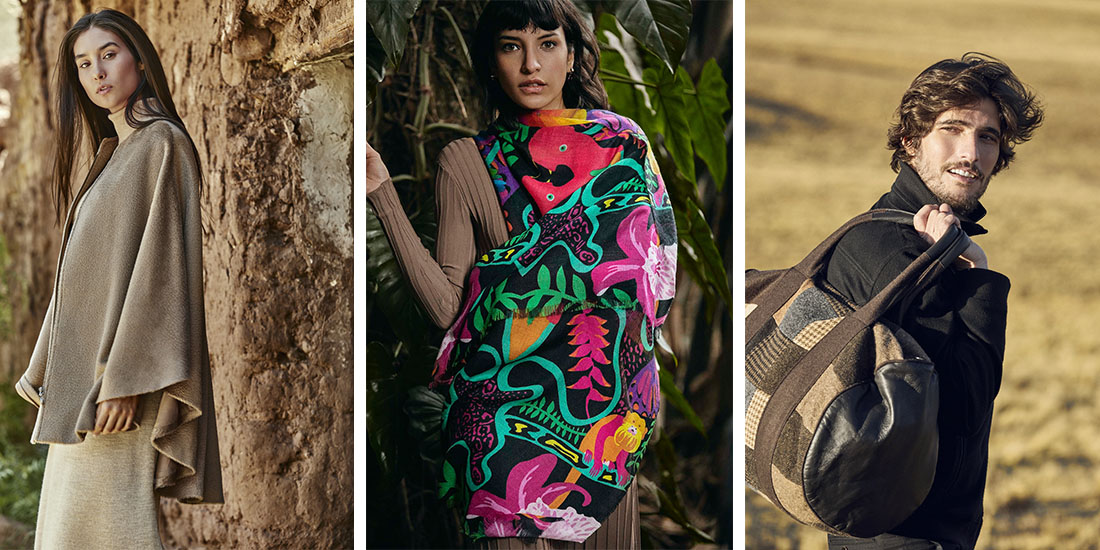
©KUNA
Collections Spring Summer / Fall Winter
The House’s family tradition also continues in the models imagined by the talented designer Sylvie Patthey, the founder’s daughter-in-law. With finesse, she juggles Andean art and modern trends, a dual vision that is reflected in most of the collections. This fusion has notably given birth to the Kuna Millenium collection, which is directly inspired by pre-Columbian symbols and associates between two and three original colors. But the House does not lock itself into the codes of Latin America alone. For example, the motifs of the limited edition alpaca and silk stoles, Colores del Mundo, invite you to travel around the globe, from the United States to Australia, via the Swiss Alps! That said, Kuna’s two fundamental lines remain its two annual collections: a traditional Fall Winter and a lighter Spring Summer.
Although the Geneva store is quite intimate, it perfectly represents the diversity of the House’s collections and pieces, from sweaters and scarves to plaids and gloves, as well as capes and cardigans. A visit is more than recommended but we warn you to try an alpaca piece is to never leave it again.
KUNA Rue de la Corraterie 16, 1204 Genève
Tel : 022 570 1077
